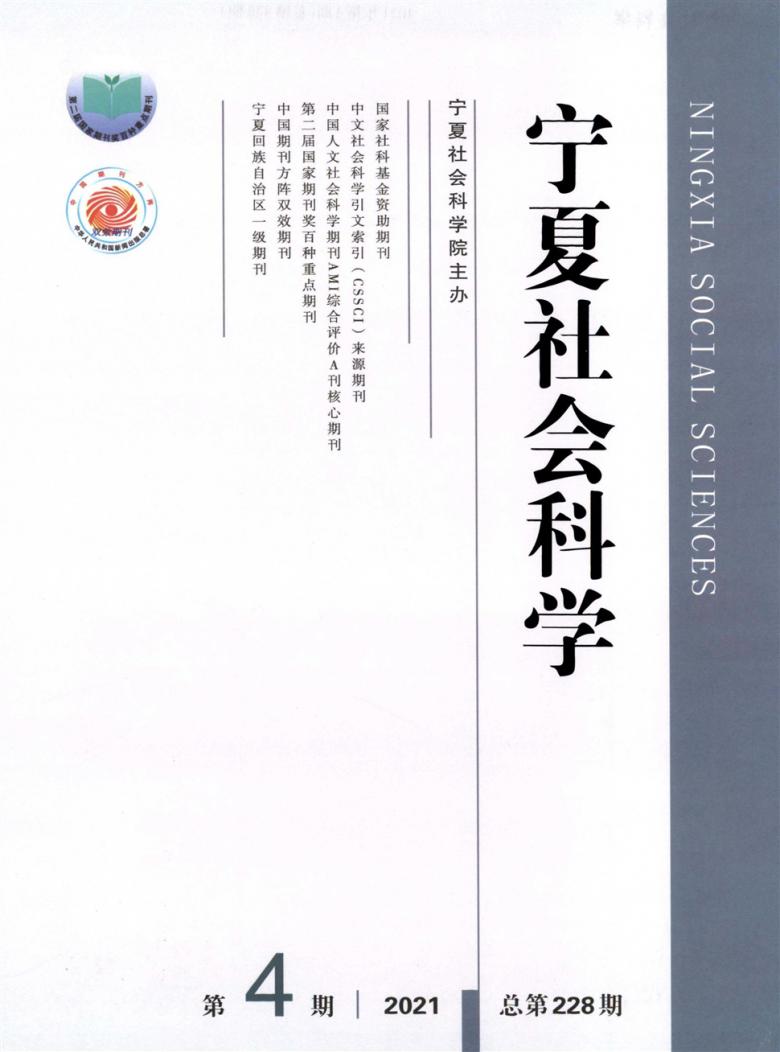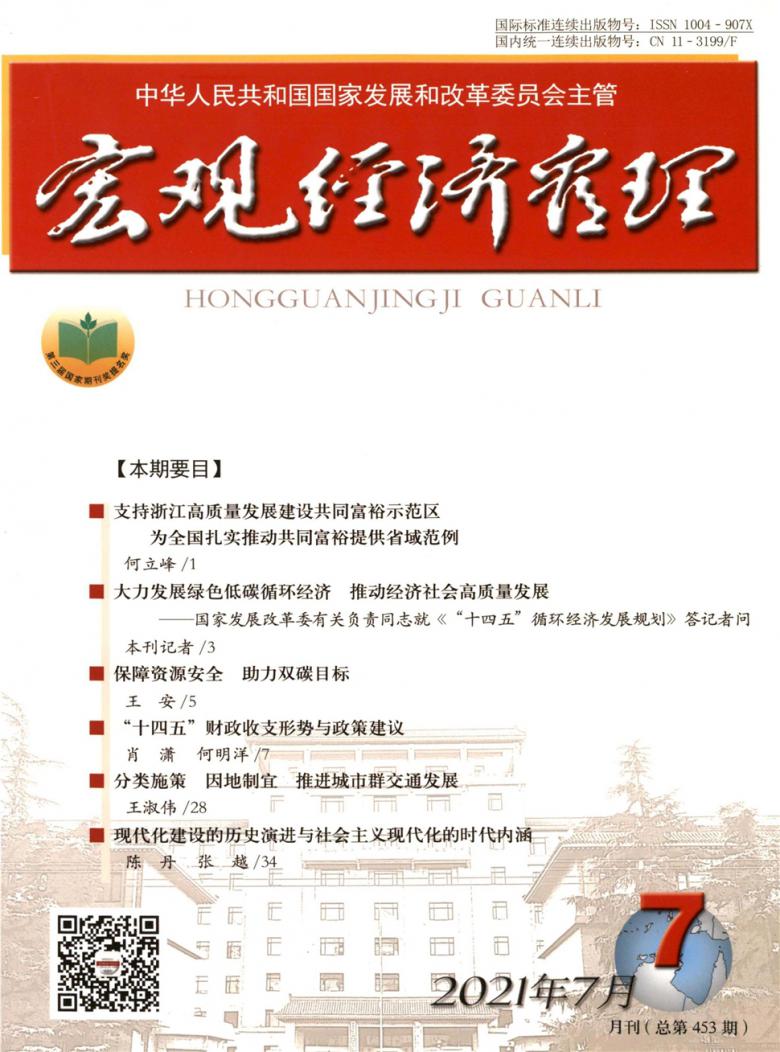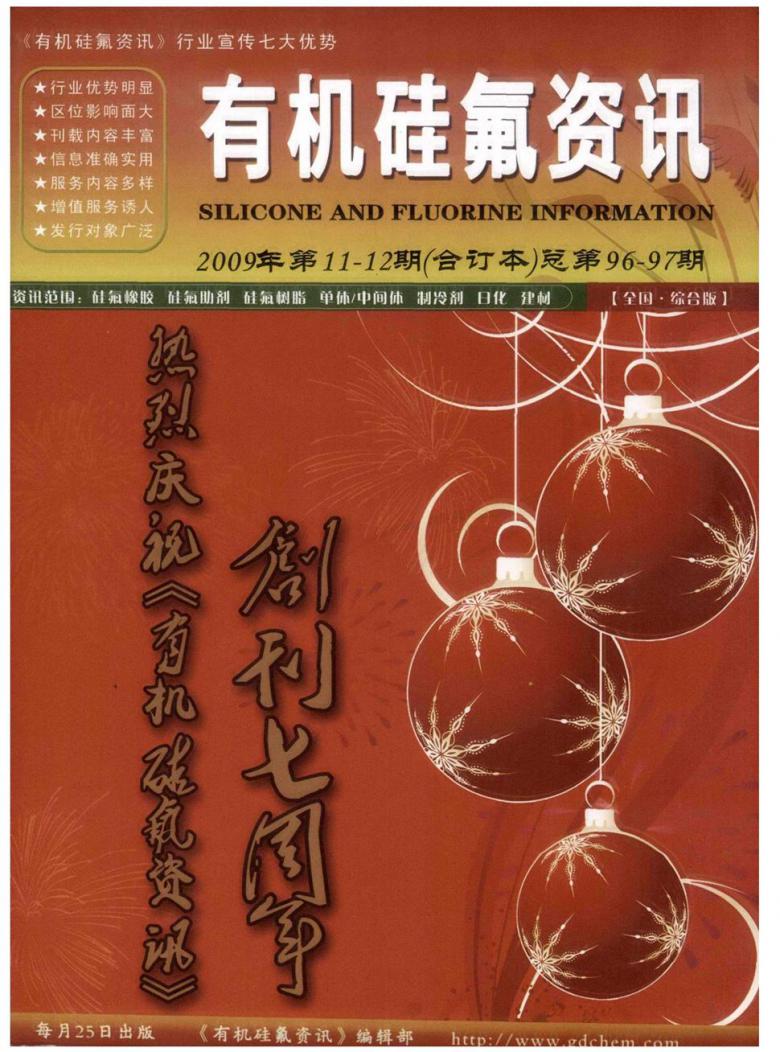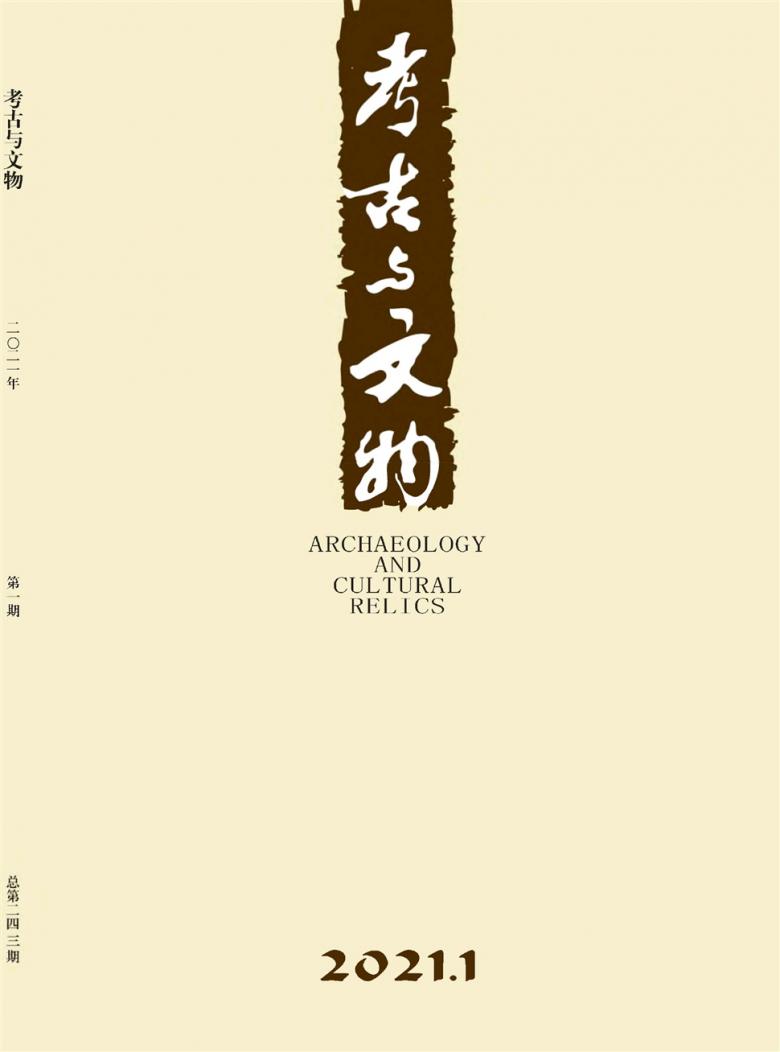汉英数字文化比较及其翻译
林梅霞 2008-05-20
[Abstract] Numbers, as a special part in the science of linguistics, are words originally used to express quantity or sequence. Numbers serve the same calculating function in both Chinese and English. But because of the cultural persity found in the national psychology, religious belief and mythology, numbers are endowed with abundant cultural connotations and associations. And both Chinese and English people show different cults, taboos and connotations towards the different or identical numbers so as to generate their own numeral cultures. Therefore, in the process of translating numbers, especially ones in the folk language and literary works, translators should make a relatively thorough study of the language and culture both in Chinese and English, and consider the discrepancy in the vagueness of numbers respectively before rendering satisfactory translations. [Key Words] numbers; Chinese; English; comparison; translation
【摘 要】 数字是语言科学中的一个特殊领域,是表示数量或顺序的词类。在汉英两种语言中,数字作为计算功能的意义是一致的。但由于受民族心理、宗教信仰、神话传说等文化差异的影响,数字被赋予了丰富的文化内涵。对不同或相同的数字,汉英有着不同的崇尚或禁忌习俗,以及不同的联想和意义,并由此而孕育出各自独特的数字文化。因此,在翻译数字,尤其在民间语言和文学作品中,要对汉英两种语言与文化有较全面的了解,并充分考虑到英汉数字的模糊语义的差异,灵活运用不同的翻译方法,才能译出形神兼备的作品。 【关键词】 数字;汉语;英语;对比;翻译
1.Introduction: 1.1 Language, culture and numbers 1.1.1 The relationship between language and culture Culture, a controversial and puzzling question, has been conceptualized from perse perspectives by generations of linguists and anthropologists. It has no completely standard definitions, however, “culture, in a broad sense, means the total way of life of a people including the patterns of belief, customs, objects, institutions, techniques, and language that characterizes the life of the human community” [1]. As culture is so inclusive, it permeates virtually every aspect of human life and influences predominantly people’s behavior, including linguistic behavior. And language, “the carrier and container of cultural information” [2], is commonly viewed as a means of communications, means of expressing ideas and emotions of human beings. Language, as a reflection of the culture and a mirror of the society, is strongly influenced and shaped by culture. And culture is influenced by many factors, such as language, beliefs, customs, social habits and so on. Thus, language and culture, intrinsically dependent on each other, cannot exist without each other. The close relationship between language and culture is readily shown by the fact that culture is transmitted from one generation to the next through language. 1.1.2 The definition of numbers As far as the relationship between elements of language and culture is concerned, the words relate most tightly to the culture. And numbers, as an important part in language world, have an informative function. But what is number? As Oxford Advanced Learner’s English-Chinese Dictionary defines, “A number is a word or symbol that represents an amount or a quantity” [3]. Numbers are used widely in every aspect of life. Without numbers, nothing can get along well in the world. As we know, numbers are grammatically pided into cardinal numbers, ordinal numbers, multiples, fractions and approximate numbers in Chinese and English language. And the concept of numbers stems from the Nature, from human beings’ observation and exploration to the objective world, from the realization and generalization to the physical world [4]. A number is the abstract concept that can be considered not only as the word but also as the symbol. 1.2 The purpose of this paper Numbers are created from the interaction of humans’ social and cultural behavior with their ability to conceptualize their outside world. So numbers are not merely mathematical tools, but extended as metaphors in the idiomatic usages with a series of connotations. Chinese people and English people show different appetites towards the numbers. So there exist different cultural connotations and extensions between Chinese and English numbers. This paper, from perse cultural backgrounds of numbers in Chinese and English, discusses the discrepancy in the national psychology, religious belief, mythology and so on, and generalizes several methods of translation in numbers, especially in literary works, so as to facilitate intercultural or cross-cultural communication. 2. The cultural persity between Chinese and English numbers All human beings use numbers so that the culture of numbers has come into being. Numbers penetrate into every aspect of human life [5]. Yet, numbers, which reflect the scales of the material world, have been endowed with rich cultural connotations due to the different cultural backgrounds. As far as Chinese culture is concerned, it bears some similarities to the world culture, but it has been laying more stress on the usages of idioms. There are numerous Chinese idioms and idiomatic usages with numbers, such as:说一不二,五湖四海,三教九流,一日不见,如隔三秋,三十六计走为上计,三句话不离本行,八九不离十,百战不殆,七零八落,九霄云外,九九归一,十万火急and so forth. In English-related culture, there are also a large quantity of idioms or idiomatic usages with numbers, such as three sheets in the wind, the upper ten, second to none, two-by-four, four-letter man, catch-22, two-left feet, and so on. Besides, odd numbers except13, are favored and adorned by western people. For instance, number “seven” with marked religious colour is used frequently in the Scriptures to signify completeness. Similarly, multiples of seven are also used in a similar sense of completeness [6]. But in Chinese, it is on the other way around. Although the discrepancy in the social tradition and the persity in the numerical culture are universal, there exists a general cult of numbers in both Chinese and English. The following part will focus on the cultural sources of number cult or worship from three aspects, that is, national psychology, religion, and mythology. 2.1 Numbers and psychology of national culture In Chinese culture, heaven and earth produce everything by the interaction of two existential and powerful forces of the universe, yin and yang. “Since numbers were considered a mystical part of the universe, the ancient Chinese regarded odd numbers as yang or masculine and even numbers as yin or famine” [7]. “Nine”, as the largest single digit, took on the meaning of “ultimate masculinity” and implied the loftiest reverence for heaven. Therefore, the number “nine” symbolized the supreme sovereignty of the emperor who was the Son of Heaven. And the number “nine” (or its multiples) is often employed in the Chinese ancient architecture, particularly imperial buildings. Ancient palaces were usually designed as nine-section architectural complexes related to the number “nine” in the number or size. Take the Forbidden City, located in the center of Beijing for example. It has a total of 9,999 bays, and the Gate Tower of Tian’anmen has nine by nine bays. Thus number “nine” or its multiple is ubiquitous in the architecture of the sacrificial temple. And the Nine Dragon Screen near Beihai Park has also been connected with number nine. The Chinese people show preference to number “nine”, not only on the construction of the building, but also in other fields, such as: Annual festival feasts for the royal court of the Qing consisted of 99 kinds of foods. And a pision of ancient feudal government officials was “nine level”. Besides, to celebrate an emperor’s birthday, there were 81 forms of entertainment called the “nine-nine big celebration” to wish the emperor good luck and longevity [8]. By and by, the number “nine” became exclusively reserved and adorned by Chinese people, even today. Generally speaking, in Chinese culture, even numbers are regarded to be lucky and propitious symbols, which can bring people good luck and fortune, while odd numbers are incomplete. But as far as English people are concerned, this phenomenon is on the other way around. They prefer odd numbers to even ones, such as “three”, “seven”, of course excluding number “thirteen”, as is known to nearly most English-speaking people. When celebrating or sending flowers to friends or relatives, people should take one, three, five, or even more (excluding 13), whereas, people send two or four, six flowers or its multiple when condoling with deceased persons. But everything has its both sides. For instance, number “four” in Chinese has a bad and unlucky association and connotation, though it is an even number. Thus, another element that renders numbers good or bad in Chinese is the homophony and punning in a many-tone word. Number “four” has a similar sound with the Chinese character“死”,representing “death”. So a large number of people try every effort to avoid it. The possible omens associated with numbers and sounds of numbers by the Chinese are inexhaustible. In contrast, the number “eight” is fortunate because it sounds like“发”,namely, making a fortune. When it comes to the cases like telephone numbers, vehicle license numbers, door numbers, people show special preference to number “eight” or something associated with number “eight”, such as 168(to make a fortune all the way)(一路发),518(I want to make a fortune)(我要发)and so forth[9]. Number nine also has such lucky association due to its sound and punning “eternity”(久). Therefore people favor to choose the date related to number “nine” as the wedding day. The 21st Century once reported that on 9th, September 1999, 165 pairs of people were married, in the hope of having everlasting love for each other [10]. But in contrast, English people worship number “four”, which is the symbol of justice, righteousness, power, the fountain of creation, and the key of everything in the world [11]. For instance, to the early people, the cosmos is made four elements: earth, air, water, and fire. 2.2 Numbers and religion or philosophy Religion, considered to be the kernel source of a culture, without doubt influences people’s conception of culture, because of its dominant role in most countries. For ancient Chinese, “three” stands for the three parts of the universe: heaven, earth, and man. And it is said that there are three creators of the universe, governing the earth and the fairyland. Chinese traditional culture has been closely connected with the religions, dominated mainly by philosophical Confucianism for over 2000 years. And Confucianism has intertwined tightly with Taoism and Buddhism, whose thoughts bring a profound influence on the culture of Chinese numbers. In “Laotzu”(《老子》),Laozi expressed that one produces two, two produces three and three produces everything. (道生一,一生二,二生三,三生万物) [12]. Therefore, in Chinese there arise many idiomatic phrases, like 三教九流,三思而后行,三人行必有我师焉,余音绕梁,三日不绝,一日不见,如隔三秋,and the like. Number “three” indicates perfection and completeness. The idiom“三生有幸”expresses that a person is fortunate all his life. Here“ 三生”refers to the previous life, present life and next life. And, Christianity, as the mainstream culture, has a strong influence in the cultural connotation of numbers in western countries. The religious tradition of the Christian Trinity, that is, Father, Son, and Holy Spirit, has endowed a mysterious number “three” with pinity and perfection. [13] The widespread interest of number “three” still remains in the westerner’s mind or thinking today. Many things that are particularly complete are stamped with number “three” in the areas like physics, mathematics, philosophy and so forth. There are three completing time, that is, past, present and future. Similarly, number “seven”, a number with strong religious colour, is used frequently in the Bible, indicating that God spent seven days in Creation. At times it has reference to bring a work toward completion, or it can refer to the complete cycle of things as established or allowed by God. There are plenty of idioms or idiomatic usages with “seven” in English culture, such as, the Seven Virtues, including Faith, Hope, Charity, Justice, Fortitude, Prudence, Temperance; the Seven Deadly Sins, saying, Pride, Wrath, Envy, Lust, Gluttony, Avarice, Sloth; the Seven champions of Christendom, the seven days of creation, the Seventh Heaven, and so on. And, according to the Bible, number “six” at times represents imperfection. The number of “the wild beast” is 666 and is called “a man’s number”(Re13:18), indicating that it has to do with imperfect, fallen man, and it seems to symbolize the imperfection of that which is represented by “the wild beast”. The number six being emphasized to a third degree (the six appearing in the position of units, tens, and hundreds) therefore highlights the imperfection and deficiency of that which the beast represents, or pictures [14]. Number “thirteen” is regarded as an evil number, standing for “unfortunate”. According to the Scripture, Judah, the thirteenth comer during the last supper, betrayed Jesus. Hence, people in western countries avoid “13” in many aspects of life. People avoid a room numbered 13, a seat in the 13th row of an airplane or renting a flat on the 13th floor [15]. And in a few instances periods of judgment or punishment seem to be associated with number “forty”. Nineveh was given forty days to repent. The world was flooded for forty days for people’s evil-doing. So forty is a number denoting bad luck to the westerners [16]. Numbers and mythology Mythology associated with numbers in both Chinese and English culture has deeply influenced the cultural connotations of numbers. In Chinese, the cultural connotations of numbers have connection with the ancient myth. For instance, four character words “三头六臂”originated from Chinese myth, narrating a supernatural being. Nezha, who takes charge of the justice, has three heads and six arms. He has vastly magic power to transform himself into three at random. Accordingly, number “three” is endowed with cultural connotations of magic and power. And, English cultures have been more strongly affected by the Greek and Roman mythology, whose gods resemble the character of humans with feelings and desires, happiness and sadness. In Roman myth, god “Jupiter”, whose power stems from his trident or three-pronged thunder-stick in his hand, governs the others. Neptune, the god of the sea, relies on his three-pronged spear, and Pluto is a dog with three heads. Thus number “three” is lodged with extension of power and pinity. And the number “thirteen”, in accordance with the western myth, is an evil one, which has a similar connotation and symbolization to Christianity. It is said that twelve gods were present at a banquet held in heaven in honor of the soldiers sacrificed in the battle. During the dinner, the demoniac Rocky, an unexpected person, arrived and killed the son of the head god Austin to death. Hence, the westerners avoid number “thirteen” just like the plague [17]. All in all, the function of numbers is not limited in the calculation or mathematics. It is obvious that numbers have gradually evolved throughout the long history of humanity, in response to practical requirements for calculation, forming a special culture of numbers. From the analysis above, we know people show different attitudes and preference towards number. Thus, studying the persity of number cults in English and Chinese not only helps us understand their specific cultures better, but also facilitates intercultural communication. 3. Vagueness of numbers in Chinese and English Vagueness and preciseness are two paradoxical characteristics of human language. Numbers, whose basic function is calculation, are integration of notion and symbol. But in most cases, a lot of numbers in idioms do not designate quantities anymore, not to say precise quantities. Some numbers in idioms mean small quantities both in Chinese and in English [18]. In Chinese, 一(one),二or两(two),三(three) are often used to indicate small quantities. For instance,“一本万利”,i.e. a small investment brings a ten-thousand fold profit. So “一” in the set phrase means a small investment or capital. And “略知一二”means “to know a little”. Compared to one,two and three, the numbers from four to ten are big numbers relatively, as well as hundred, thousand, ten thousand, million and billion. So these numbers can be used to express large quantities. For instance, in Chinese, we have set phrases:三令五申,三番五次,五光十色,五颜六色,千金买笑,千方百计,万目睽睽 and the like. In English, we can see such a sentence “The seventies saw a succession of one-hit wonders who were famous over night and then never heard of again.” Here “one-hit wonder” means the success, which lasts a short period of time. And now let’s look at another example: “They won their last game. But one swallow doesn’t make a summer, they are still bottom of the league.” “one swallow doesn’t make a summer” means one can’t be certain that more good things will happen and the whole situation will improve just because one good thing has happen. Here, “one swallow” doesn’t strictly refer to “one good thing”, but a small quantity. In English, we can see the proverb “A cat has nine lives”, which means that a cat has a vigorous life. Thus, “nine” can also express many. Chinese and English use different counting units. So, in Chinese, “万”( ten thousand), and“亿”(a hundred million) are employed to designate a very large quantities, whereas million and billion are used to achieve the same effect in English. For example, in Chinese, we say “万分感谢” while in English, “ thanks a million” is substituted. Chinese culture and English culture are quite different from each other. In turn, the differences between them influence the vague meanings of their numbers inevitably. Therefore, understanding what the numbers refer to becomes an important factor in translating numbers, especially in literary works. 4. Methods of translation for Chinese and English numbers The same numbers in different countries with perse cultural backgrounds will spark dissenting associations or connotations. In some cases, the target language shares the same association or connotation and linguistic feature with the source language. But in most cases, the source-language numbers or numeral expressions may produce specific culture, which is unknown to the target-language readers. Thereby, the translation of numbers is simple on the surface but complicated in essence. Translation is here conceived primarily as a process of intercultural communication, whose end product is a smooth and acceptable text in specific situation and culture. So decision-making in the methods of translation depends on the specific context and respective culture background.
References [1] 戴炜栋、何兆熊. 新编简明英语语言学教程[M] . 上海外语教育出版社,2002. P127 [2] 王振亚. 语言与文化[M] . 高等教育出版社(第二版),2001. P6 [3] 牛津高阶英汉双解词典(第六版)[Z]. 牛津大学出版社,2004. P1180 [4] 包惠南、包昂. 中国文化与汉英翻译[M] . 外文出版社,2004. P238 [5] 蒋咏梅. 英、汉数字文化与翻译[J] . 保山师专学院,2005,2. P115 [6] Watch Tower Bible and Tract Society of Pennsylvania, International Bible Students Association. Insight on the Scriptures Volume2: Jehovah-Zuzim and Index [M]. Watchtower Bible and Tract society of New York, Inc. International Bible Students Association, Brooklyn, New York, USA. P512 [7] 张伟、韩江. 中国文化掠影[M] . 华南理工大学出版社,2005,2. P115 [8] 同[7] P116 [9] 王秀银. 英汉数字词语的比较及翻译[J] . 湖北三峡学院学报,1999,2. P70 [10] 包惠南. 文化语境与语言翻译[M] . 中国对外翻译出版公司,2001. P195 [11] 同[4] P241 [12] 陈炯. 中国文化修辞学[M] . 江苏古籍出版社,2001. P235 [13] 同[12] P79 [14] 同[6] P513 [15] 蓝红军. 英汉数字习语文化比较与翻译[J] . 华东船舶工业学院学报,2002,9. P59 [16] [6] P513 [17] 同[9] P71 [18] 于亚莉、班荣学. 英汉数字的语义模糊性与翻译--《浮躁》英译本Turbulence个案分析[J] . 浙江万里学院学报,2004,8. P41 [19] Mona. Baker. 翻译研究百科全书[M] . 上海外语教育出版社,2004,10. P125 [20] 李延林、潘利锋、郭勇. 英语文化翻译学教程 [M] . 中南大学出版社 2003. P125 [21] 同[4] P250 [22] 腾梅. 英汉数词翻译略说[J]. 青岛海洋大学学报(社科版),1998,2. P84 [23] 同[20] P117 [24] 同[18] P42 [25] 中国文学出版社. 中国文学许多小说卷[M] . 外语教学与研究出版、中国文学出版社,1998 . P217 [26] 同[20] P118 [27] 同[20] P117 [28] 朗文当代英语大辞典(英英.英汉双解)[Z] . 商务印书馆、培生教育出版亚洲有限公司,2004 . P1643 [29] 圣经[Z]. 中国基督教三自爱国运动委员会、中国基督教协会,2000 . P35 [30] 同[20] P129 [31] 同[22] P85 [32] 贾德江. 英汉语对比研究与翻译[M] . 国防科技大学出版社,2002 . P241 [33] 王大伟、魏清光. 汉英翻译技巧教学与研究[M] . 中国对外翻译出版公司,2005,8. P48 [34] 同[4] P246 [35] 同[18] P43 [36] 同[9] P73 [37] 同[22] P86






